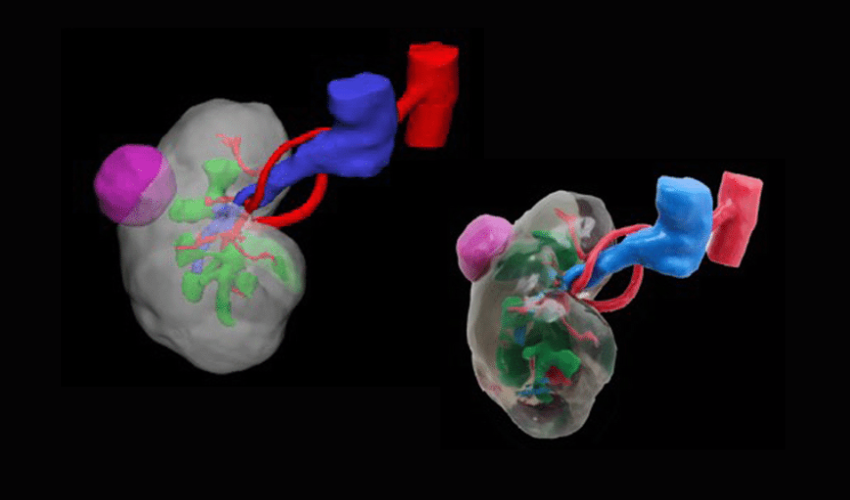3D Printed Kidney Tumors Could Transform Renal Cancer Research

Researchers at Tsinghua University recently announced that they have developed a new use for 3D printing that could potentially change how doctors study and treat forms of kidney cancer. The research team developed a way to bioprint kidney tumors directly from a patient’s cells. This creates a hyperrealistic model that replicates the complex environment of tumors from inside the body.
Their work was recently published in the ‘Biofabrication’ journal, where they demonstrate the process and how bioprinting can combine tumor cells with supportive cell types. Additionally, the bioprinting can create structures similar to blood vessels. These printed tumors, referred to as organoids, reproduce the exact characteristics of a patient’s cancer. This provides a far more accurate tool for research and treatment testing than conventional lab models.
Kidney cancer, specifically renal cell carcinoma (RCC), has been on the rise recently. Treatment remains difficult because patients typically respond differently to chemotherapy and targeted drugs. Tumors often tend to mutate over time, leading to drug resistance and a higher risk of recurrence. Traditional laboratory models often fall short because they do not fully capture how tumors grow and react inside the human body. This often makes it harder to identify effective therapies.
The Tsinghua team is attempting to address this shortfall with targeted bioprinting. The printed organoids maintain the genetic and structural traits of the original tumor, allowing scientists to test multiple therapies in a controlled environment. This also reduces reliance on time-consuming manual techniques, which makes it possible to evaluate treatment strategies much faster.

There are around 400,000 new cases of Kidney Cancer annually worldwide. (Image Credit: American Cancer Society)
Dr. Yuan Pang, a co-author of the study, noted that, “This new method could greatly improve how we study kidney cancer and develop personalized treatments for patients. The rapid production of organoids will make it much faster to find the right treatment for individual patients.” With quicker results and more reliable models, 3D printed tumor models could help improve survival rates and guide the development of newer therapies.
This new research highlights how additive manufacturing is moving beyond industrial applications and into healthcare, where it can have a direct impact on patient outcomes. As bioprinting technologies continue to advance, creating organoids from patient cells may become a stand step in kidney cancer treatment.
What are your thoughts on these recent developments? Let us know in a comment below or on our LinkedIn or Facebook pages! Plus, don’t forget to sign up for our free weekly Newsletter to get the latest 3D printing news straight to your inbox. You can also find all our videos on our YouTube channel. Interested in more medical and dental 3D printing news? Visit our dedicated page HERE.
*Cover Photo Credit: Tsinghua University







